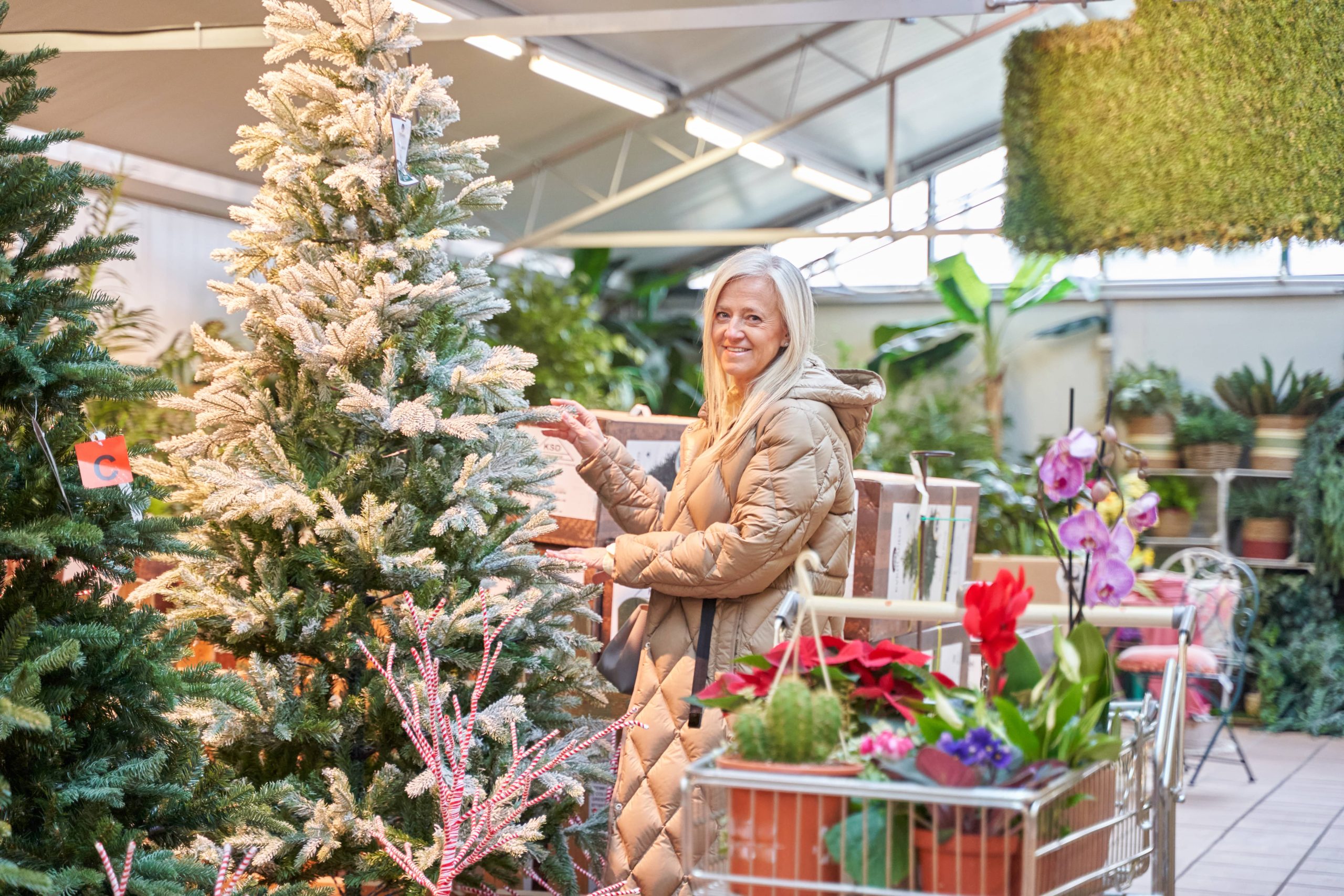
As a seasoned home and garden enthusiast, one of the most rewarding aspects of maintaining your outdoor space is the beauty and functionality that comes from well-planned projects. However, organizing these tasks can be a daunting feat if not approached with a thoughtful strategy. To keep your garden not only surviving but thriving all year round, I’ve created a comprehensive year-round calendar to guide you in organizing outdoor projects for every season. Whether you’re a beginner looking to lay the groundwork for a flourishing garden or a seasoned gardener seeking to refine your skills, this guide will help you stay on track.
Winter: Reflect and Prepare (December – February)
December: Reflect and Dream
The start of winter is the perfect time to reflect on your outdoor space and assess which projects have been successful and what areas could use improvement. Spend some time dreaming about what you want to achieve in the coming year. Would you like to add a new flower bed, install a water feature, or perhaps build a pergola? This is also a great time to plan out a budget and gather inspiration from garden shows or magazines.
January: Plan and Design
January is the ideal month to focus on planning and designing your envisioned projects. Gather together all the notes and thoughts from December and begin creating detailed plans. Research plants that thrive in your climate, and consult gardening books or online resources to ensure your plans are feasible. This is also a great time to map out your garden space to trial different layouts until you find the best design.
February: Tools and Maintenance
With plans in hand, February should be dedicated to ensuring your tools and equipment are up to the task. Sharpen and clean all tools, check machinery for repairs, and consider whether any new tools or attachments will make your projects easier throughout the year. If you need professional assistance for any installations or compact repairs, now’s the time to book contractors before their schedules fill up in the spring.
Spring: Plant and Build (March – May)
March: Clear and Clean
As temperatures begin to thaw, March is an excellent time for spring cleaning. Clear away any debris collected during winter storms and start cutting back perennials to make way for new growth. Begin soil preparation by adding compost or mulch to nourish your plants, promoting a healthy and vibrant growing season ahead.
April: Plant and Prepare
April showers bring May flowers, and mid-spring is the optimal time to begin planting. Depending on your climate, this can include sowing seeds indoors or planting those hardy enough to withstand early spring weather outside. Install garden beds or structures like trellises that your new plants will require as they grow. Don’t forget to protect early blooms from unexpected frosts by covering them with garden cloches or suitable frost coverings.
May: Build and Beautify
Now that planting is underway, dedicate time to construction projects such as adding paths, patios, or vertical garden structures. Edge garden beds for a crisp appearance, and add decorative elements like solar lights or garden sculptures. You will start to see the fruits of your labor as trees and flowers begin to blossom, transforming your outdoor space.
Summer: Grow and Enjoy (June – August)
June: Water and Nurture
June is all about nurturing your growing garden. Water plants consistently, being mindful of any water restrictions in your area. Mulch around plants to retain moisture and suppress weeds. Start a regimen of weekly feeding for flowering plants and vegetables to ensure they have the nutrients they need.
July: Prune and Protect
July is a key time to prune and deadhead plants to encourage continued flowering. Ensure trees and shrubs are shaped appropriately, and remove any diseased or damaged foliage to keep your plants healthy and vigorous. Stay vigilant for pest invasions, applying organic treatments where necessary to safeguard the health of your garden.
August: Harvest and Revitalize
As summer reaches its peak, it’s time to start harvesting fruits and vegetables. Enjoy the bounty of your efforts and consider preserving the excess harvest through methods like drying or freezing. It’s also a good time to plan fall plantings, so get a head start by preparing soil and choosing fall-friendly plants like wildflowers or perennial herbs.
Fall: Transition and Protect (September – November)
September: Transition and Renew
September is the time to transition your garden into the new season. Start planting autumnal flowers like asters and chrysanthemums. Consider adding cover crops to enrich your soil through the winter months, or simply protect exposed soil with a thick layer of mulch.
October: Prepare and Collect
Prepare for the coming colder months by collecting rainwater in barrels for future use. If you grow vegetables, now’s the time to plant cool-season crops like garlic and leafy greens. Enjoy the last outdoor gatherings with family and friends before frost arrives.
November: Insulate and Store
As fall winds down, focus on insulating any delicate plants or vulnerable outdoor installations. Use coverings or move potted plants indoors to safe spots. Store garden furniture and ornaments that could be damaged by cold weather. Lastly, clear out sheds or tool storage areas, tidying up as you do one last pass-through checking for damaged equipment or supplies in need of replacement.
By following this year-round calendar, your garden will be no ordinary outdoor space. It will evolve into a beautiful sanctuary that offers joy and delight throughout the year. With consistent care and strategic planning, your outdoor projects will become less daunting and far more achievable. Happy gardening!







